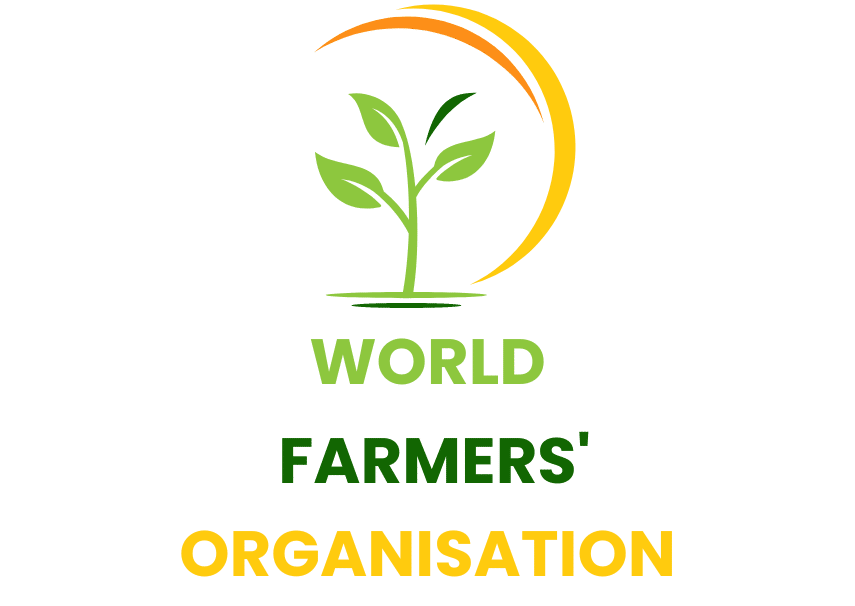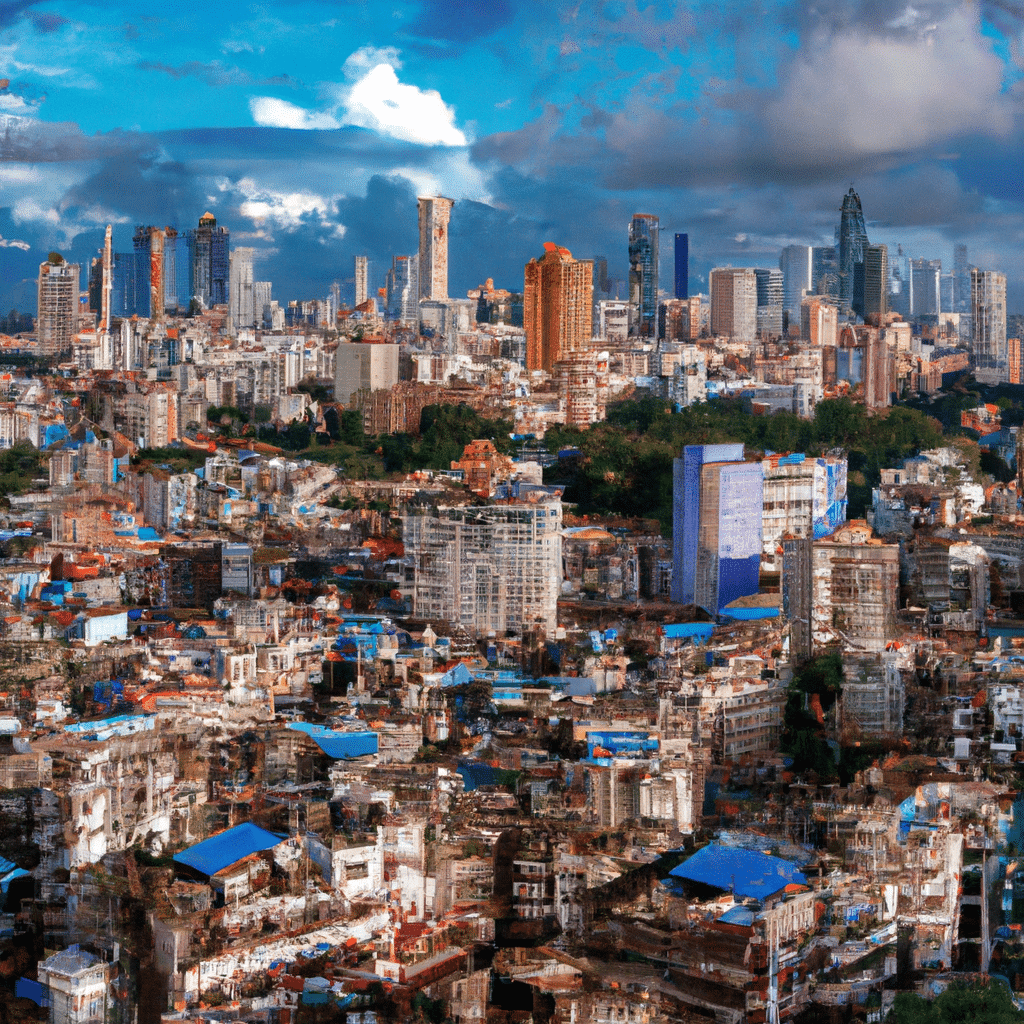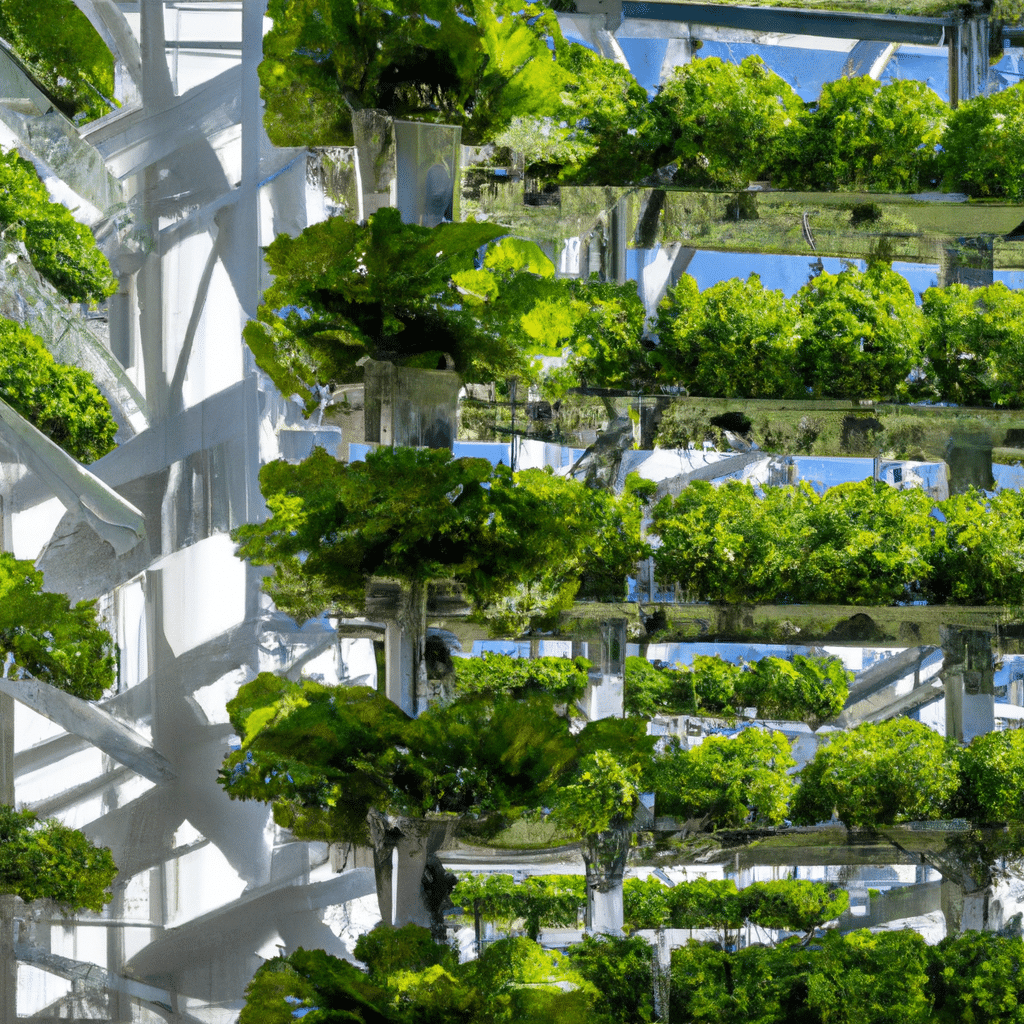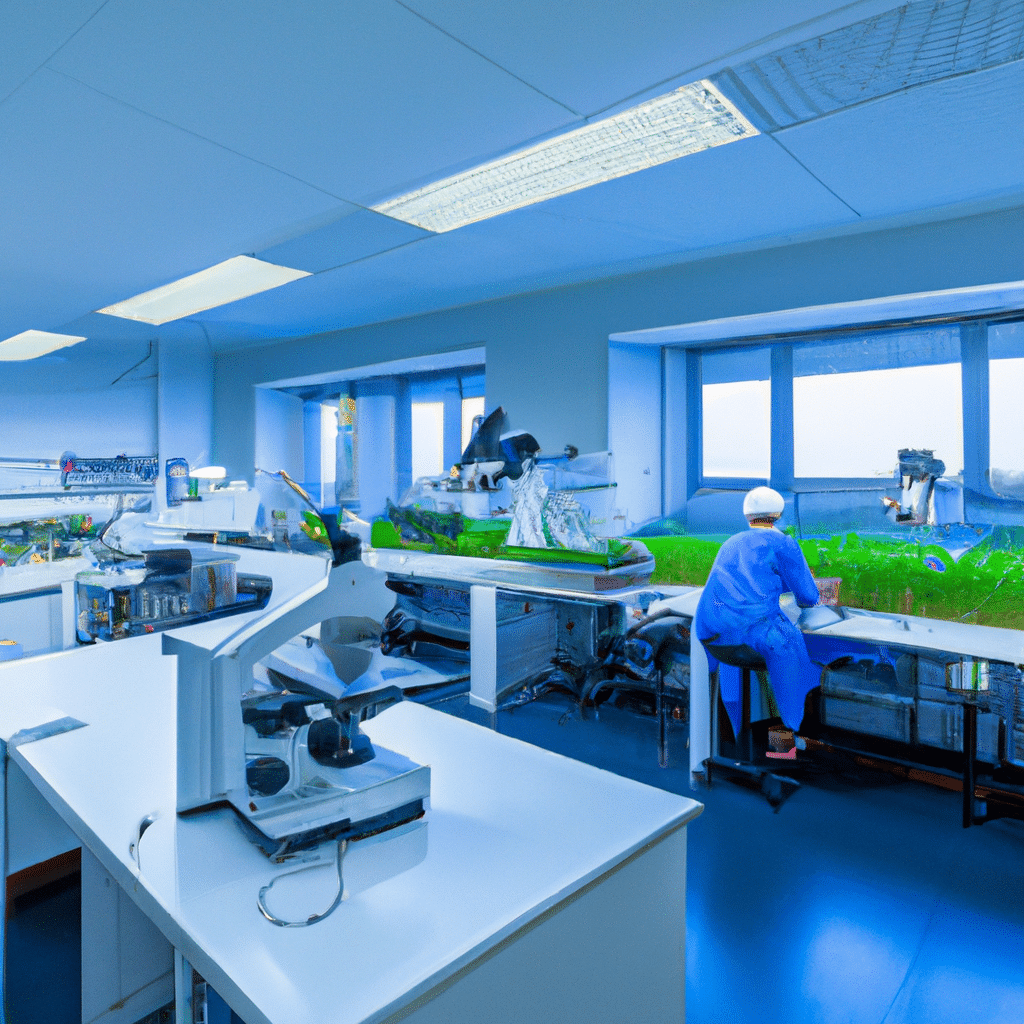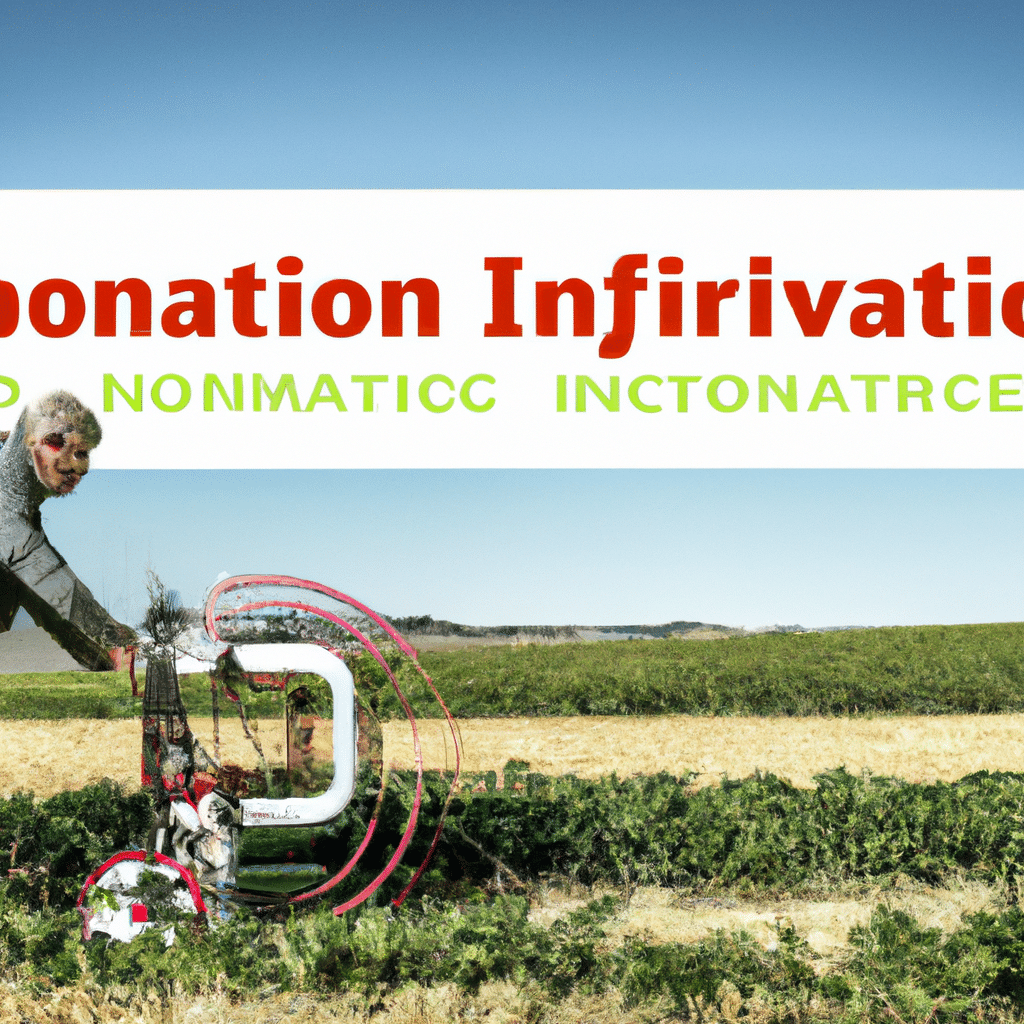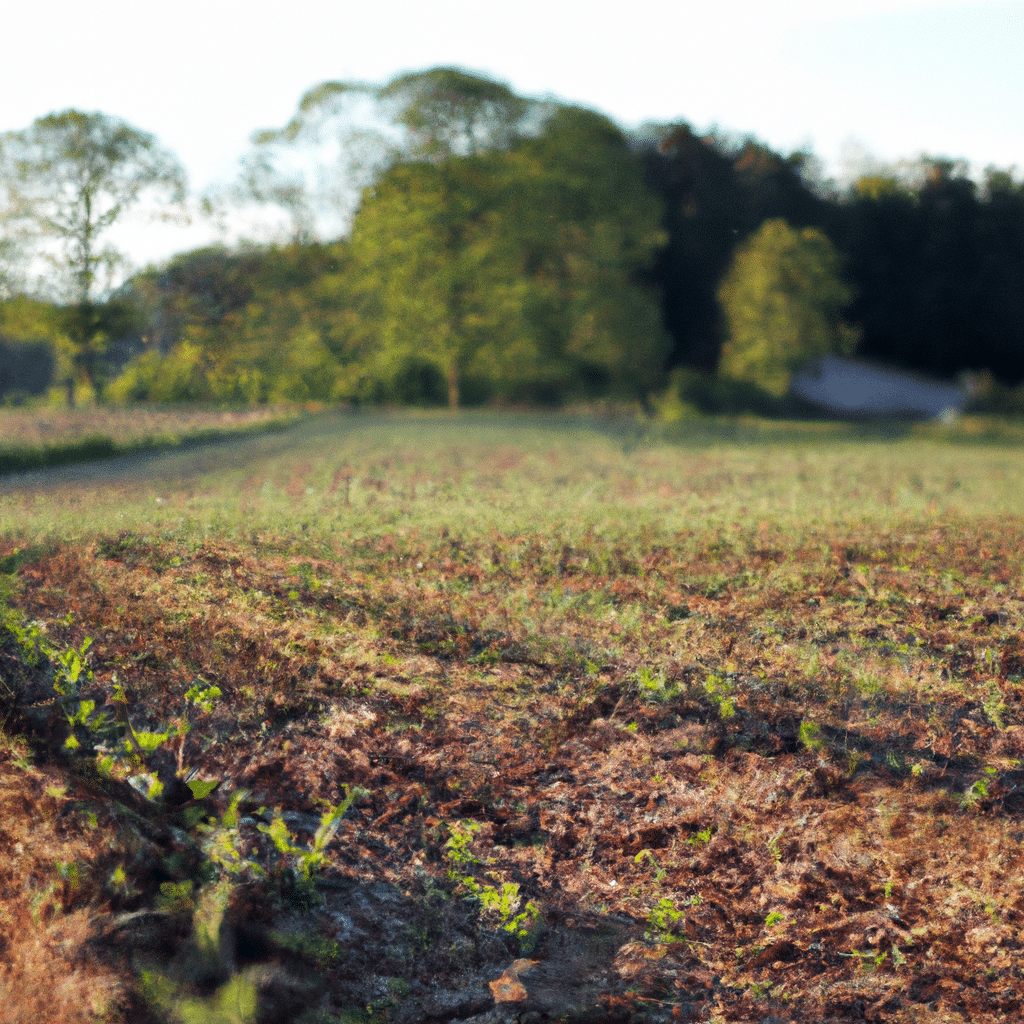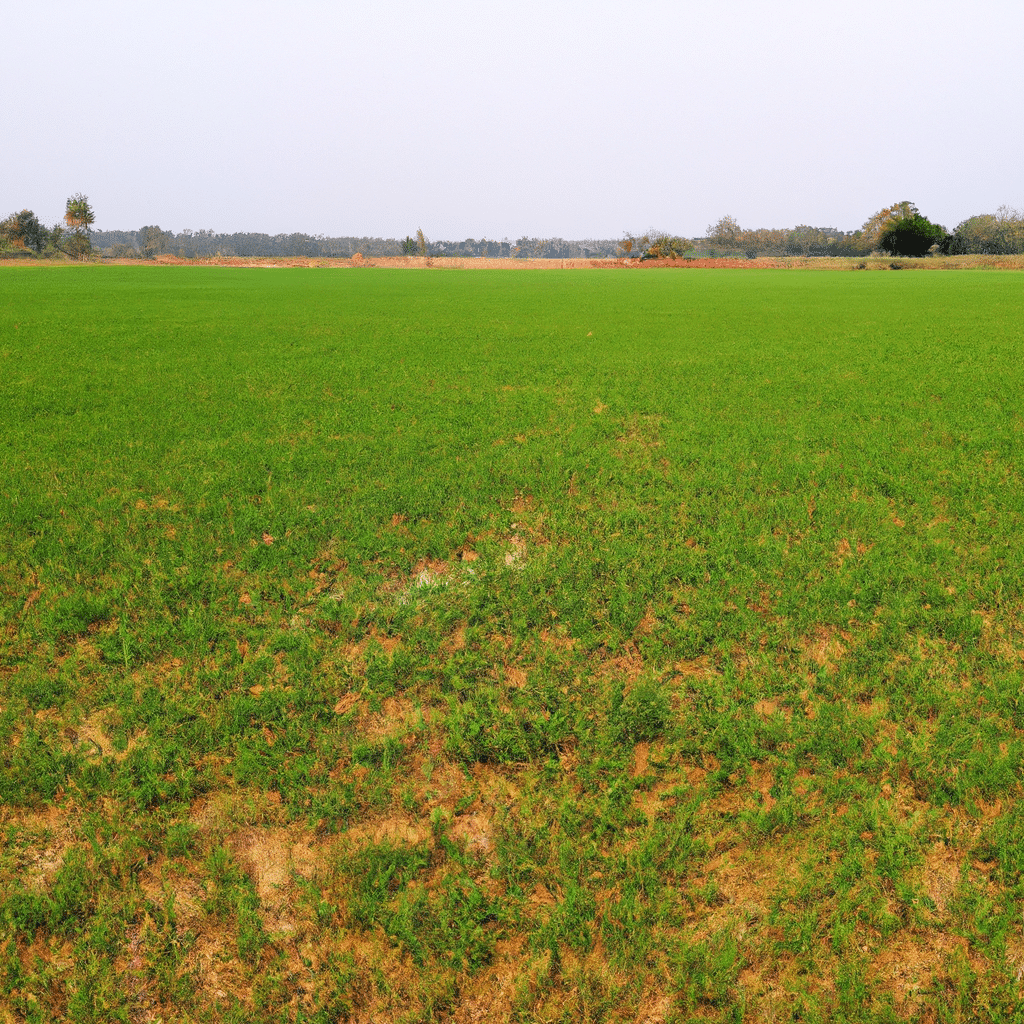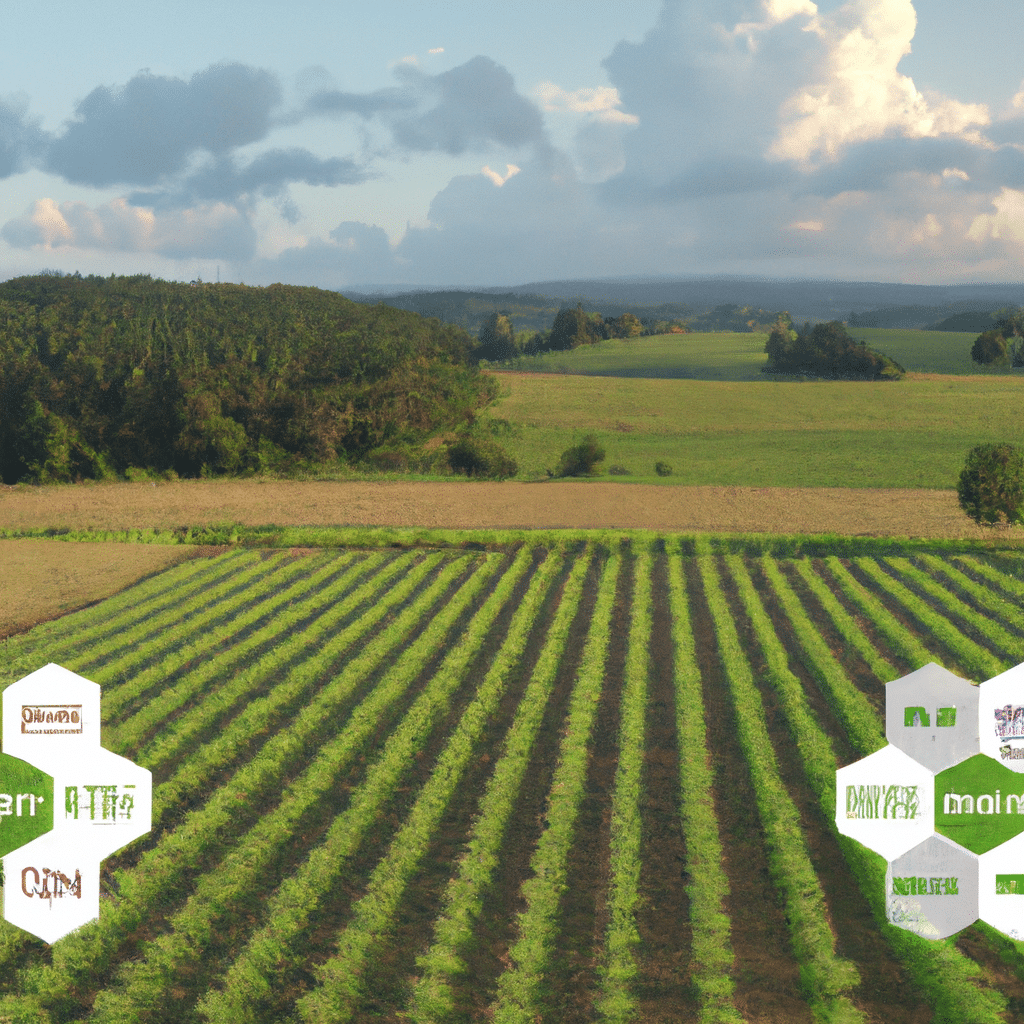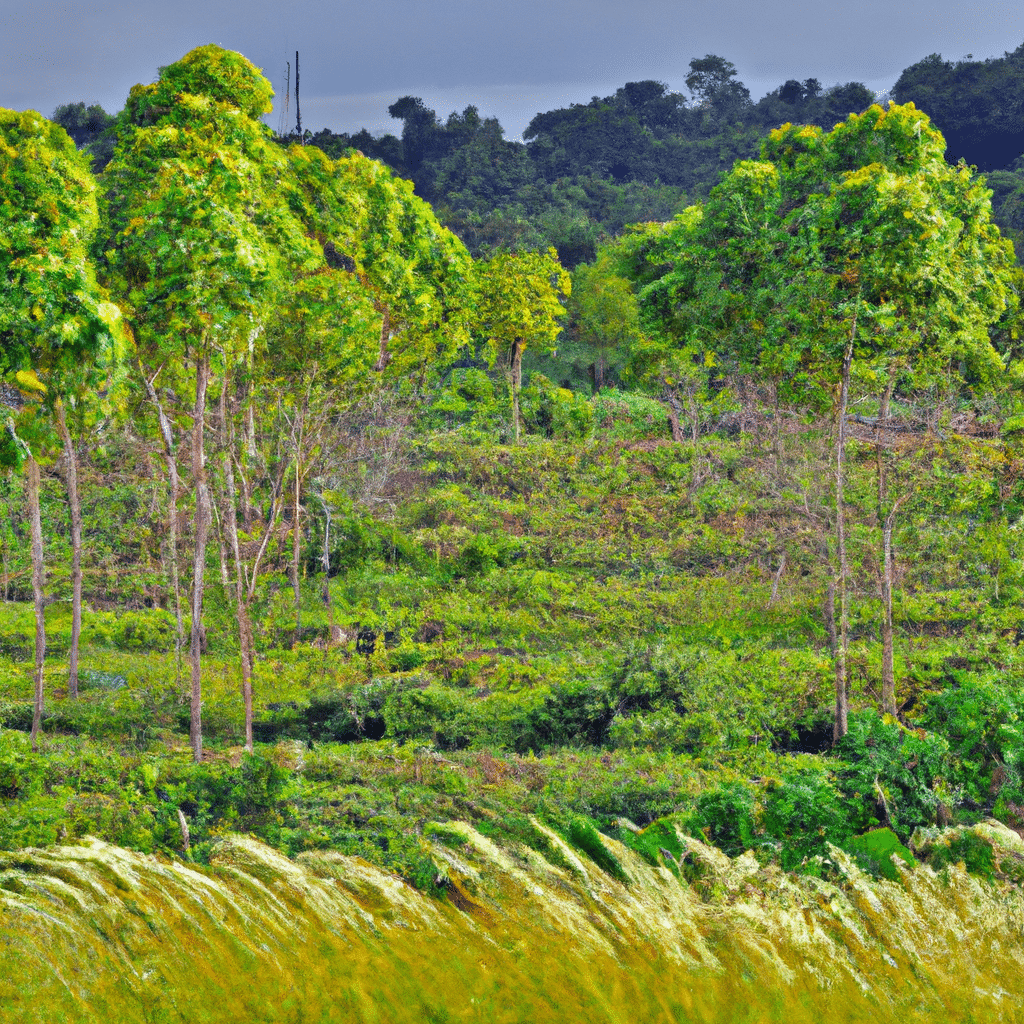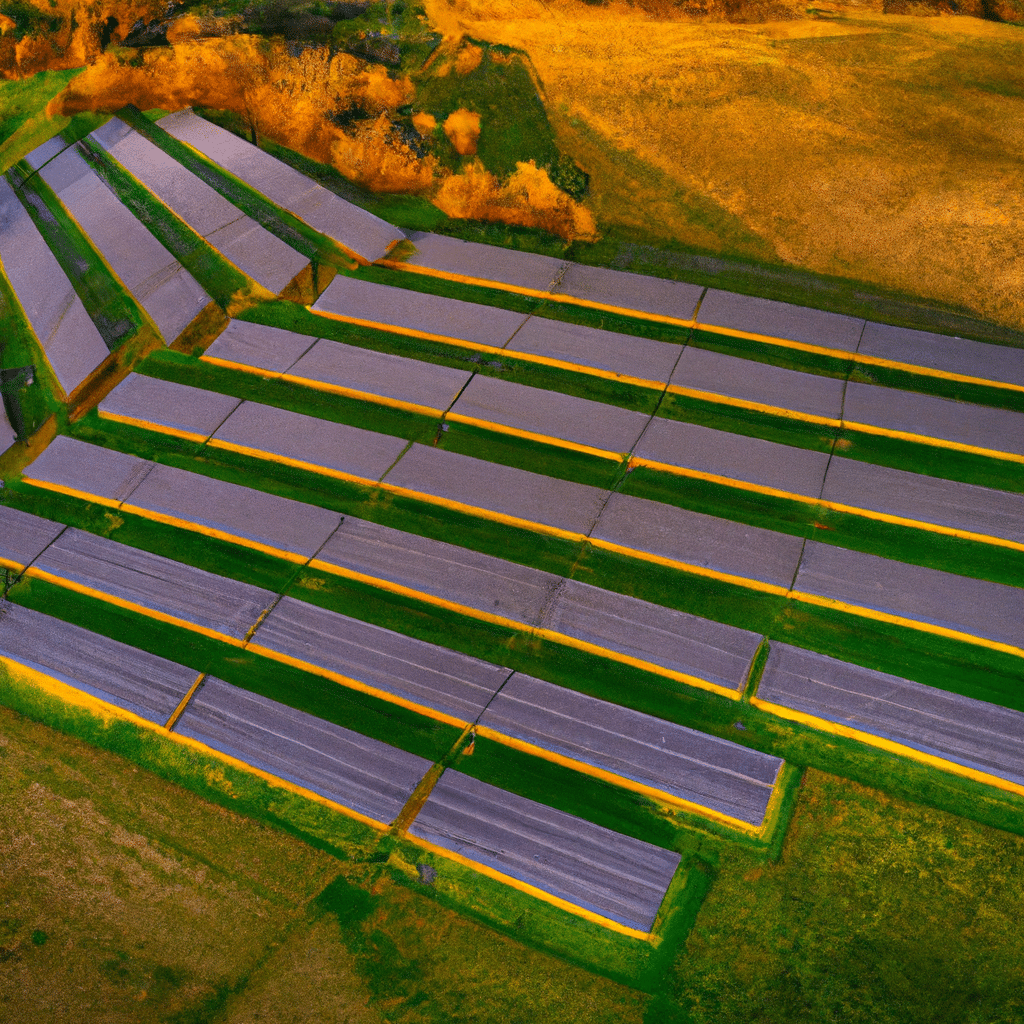In recent years, climate change has emerged as one of the most pressing challenges facing our planet. Its impact extends far beyond rising temperatures and extreme weather events; it is also reshaping the way we produce, distribute, and consume food. The food supply chain, which encompasses everything from agriculture and transportation to processing and retail, is being significantly altered by the effects of climate change. In this article, we will explore the various ways in which climate change is impacting the food supply chain and discuss the implications for our future.
The Changing Landscape of Agriculture
Agriculture, the backbone of our food system, is highly susceptible to the effects of climate change. Rising temperatures, erratic rainfall patterns, and prolonged droughts are becoming more frequent, posing significant challenges to farmers worldwide. These changing climatic conditions directly influence crop yields, affecting both quantity and quality.
One of the most evident consequences of climate change on agriculture is the shifting growing seasons. Traditional planting and harvesting schedules no longer align with the changing climate patterns, leading to decreased productivity and increased uncertainty for farmers. Additionally, the increased prevalence of pests and diseases, which thrive in warmer temperatures, further threatens crop yields.
To adapt to these challenges, farmers are increasingly turning to innovative techniques and technologies. For instance, precision agriculture, which utilizes advanced sensors and data analytics, enables farmers to optimize resource allocation and reduce waste. Similarly, the adoption of climate-resilient crop varieties and sustainable farming practices can help mitigate the adverse effects of climate change on agriculture.
Disruptions in the Supply Chain
Climate change not only affects agricultural production but also disrupts the entire food supply chain. Extreme weather events such as hurricanes, floods, and wildfires can damage infrastructure, disrupt transportation networks, and lead to supply chain bottlenecks. This can result in delays, shortages, and increased prices for consumers.
Furthermore, climate change impacts the availability and accessibility of key inputs in the food supply chain. For example, water scarcity, a direct consequence of climate change, can limit irrigation for crops, affect hydropower generation, and create conflicts over water resources. Similarly, changing weather patterns can disrupt transportation routes, making it more difficult to transport food from farms to processing facilities and ultimately to consumers.
Changing Consumer Preferences
As the effects of climate change become more apparent, consumers are increasingly demanding more sustainable and environmentally friendly food options. This shift in consumer preferences is pressuring the food industry to adapt and offer products that are perceived as being more climate-friendly.
Organic and locally sourced foods, for example, have gained popularity as consumers seek to reduce the carbon footprint associated with long-distance transportation and conventional farming practices. Additionally, plant-based alternatives to traditional animal products are on the rise, driven by concerns over the environmental impact of livestock farming and the health benefits of a plant-based diet.
Promoting Resilience and Adaptation
To address the challenges posed by climate change, the food supply chain must focus on building resilience and promoting adaptation. This requires collaboration and innovation across all stages of the supply chain, from farmers and producers to retailers and consumers.
Investing in climate-smart agriculture practices, such as agroforestry and conservation agriculture, can enhance the resilience of agricultural systems to climate variability. These practices help conserve water, improve soil health, and reduce greenhouse gas emissions, contributing to both environmental sustainability and food security.
Furthermore, improving the efficiency of transportation and logistics can help reduce the carbon footprint of the food supply chain. Embracing alternative transportation methods, such as electric vehicles and rail transport, can significantly reduce greenhouse gas emissions associated with food distribution.
The Role of Technology and Innovation
Technology and innovation play a crucial role in mitigating the impact of climate change on the food supply chain. From precision agriculture to blockchain-based traceability systems, advancements in technology offer solutions to enhance efficiency, transparency, and sustainability.
For instance, the use of remote sensing technologies, such as satellite imagery and drones, allows farmers to monitor crop health, identify pest infestations, and optimize irrigation. This data-driven approach not only improves productivity but also reduces resource wastage and environmental impact.
Similarly, blockchain technology can enhance supply chain traceability by providing an immutable record of every transaction and movement within the chain. This increased transparency helps ensure food safety, reduce fraud, and enable consumers to make informed choices about the origin and sustainability of the products they purchase.
Conclusion
Climate change is undeniably altering the food supply chain, posing significant challenges to the way we produce, distribute, and consume food. From changing agricultural practices to disruptions in the supply chain and evolving consumer preferences, the impacts of climate change are far-reaching. However, through resilience, adaptation, and the adoption of innovative technologies, we can navigate these challenges and build a more sustainable and climate-resilient food system for future generations. By recognizing the urgency of the issue and taking collective action, we can mitigate the adverse effects of climate change on the food supply chain and ensure food security for all.
